 At DirectionFive we feel that vegetables are the key to health and therefore we’re veggie-centric. That doesn’t mean we teach the kids just vegan or vegetarian recipes and meals, it just means that vegetables are not relegated to a ‘side dish.’ Kids love our recipes and we take great pride knowing that the kids go home and make the recipes we taught them to make for their families. Perfect!
At DirectionFive we feel that vegetables are the key to health and therefore we’re veggie-centric. That doesn’t mean we teach the kids just vegan or vegetarian recipes and meals, it just means that vegetables are not relegated to a ‘side dish.’ Kids love our recipes and we take great pride knowing that the kids go home and make the recipes we taught them to make for their families. Perfect!
Here are a couple recipes that you might be surprised to know are the kid’s favorites!
The Best Kale Salad Ever
Serves 6
2 bunches kale, washed, dried and chopped
1/2 medium red onion, chopped
1 medium apple, seeded and chopped
2 teaspoons garlic, minced
2 teaspoons fresh ginger, peeled and grated
1 whole, ripe avocado, peeled and chopped
2 tablespoons fresh lemon juice
2 tablespoons olive oil
2 teaspoons Tamari soy sauce or Bragg’s Amino Acids
1/2 cup cashews, raw, chopped
Wash, dry and remove the stems of the kale leaves. Either chiffonade the leaves or chop kale; place in large bowl. Add lemon juice and avocado, and with your hands mix together until the avocado is smooth. Add the remaining ingredients and mix well. Serve immediately.
Wonder vegetable
Leafy green vegetables are wonder foods. We would all be so much healthier if we ate dark green leafy greens every day. Kale is high in Vitamins K, A and C as well as an excellent source of manganese and dietary fiber. Kale is thought to be protective against certain types of cancer such as lung, colon, bladder, breast and ovarian.
Serving suggestions
In the summer I slice some beautiful tomatoes and serves this salad on top. I also stuff pita bread with this salad. Delicious!
Vegan Patties
Serve them with grated carrots, sprouts, lettuce and sliced tomatoes on a whole-grain bun.
Serves 6
1 14-oz can garbanzo beans,
1/2 cup quinoa, cooked
1 red onion, chopped
1/2 cup fresh parsley
2 tablespoons nutritional yeast
1 teaspoon cumin, toasted and ground
1 teaspoon coriander
1 teaspoon sea salt
Dash cayenne
Place garbanzo beans in the food processor and process until smooth. Place red onion in food processor and pulse until chopped fine. Add cooked quinoa and the rest of the ingredients. Mix well. Form into patties and sauté in 1-2 tablespoons olive oil for 3 minutes on each side or bake in a 375 degree oven for about 20 minutes.
Alterations
Change the herbs if you like…use cilantro instead of the parsley and skip the coriander powder. We like to add 1 teaspoon of curry powder.
To cook quinoa:
Wash quinoa very well in a fine mesh strainer, at least twice, or it will be bitter.
Bring 1 cup water to boil in a 2 quart saucepan. Add 1/2 cups quinoa and 1/4 teaspoon sea salt, stir. Return to a boil and simmer, covered, for 15 minutes. Turn off heat and let stand, covered, for 5 minutes. Fluff with a fork.
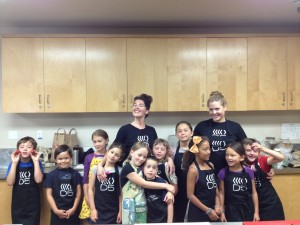
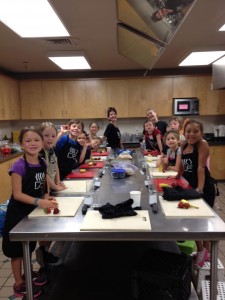
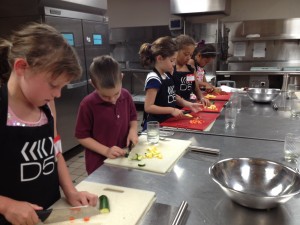
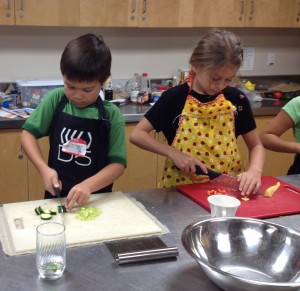
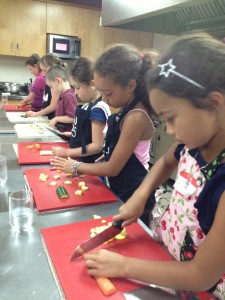
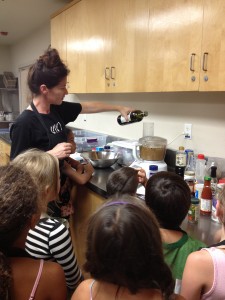
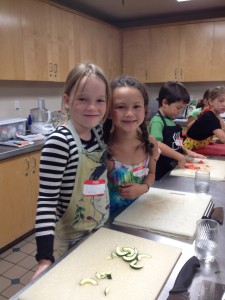

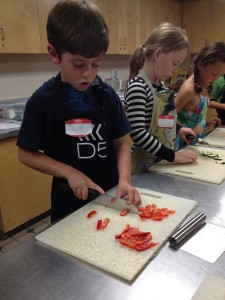
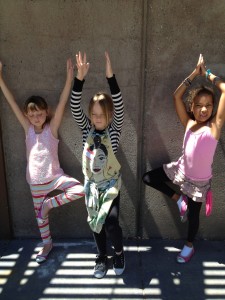

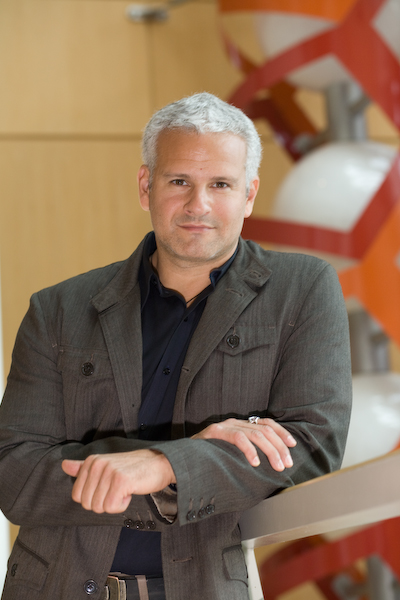 We are proud to announce that Dr. Adam Gazzaley has joined our Board of Directors. Dr. Gazzaley brings a depth of experience and important contacts to the Board that will serve DirectionFive well in our goal to expand our reach to serve kids not only locally but throughout the country. Here is Dr. Gazzaley’s brief biography. If you are interested in obtaining his full biography, please let us know.
We are proud to announce that Dr. Adam Gazzaley has joined our Board of Directors. Dr. Gazzaley brings a depth of experience and important contacts to the Board that will serve DirectionFive well in our goal to expand our reach to serve kids not only locally but throughout the country. Here is Dr. Gazzaley’s brief biography. If you are interested in obtaining his full biography, please let us know.
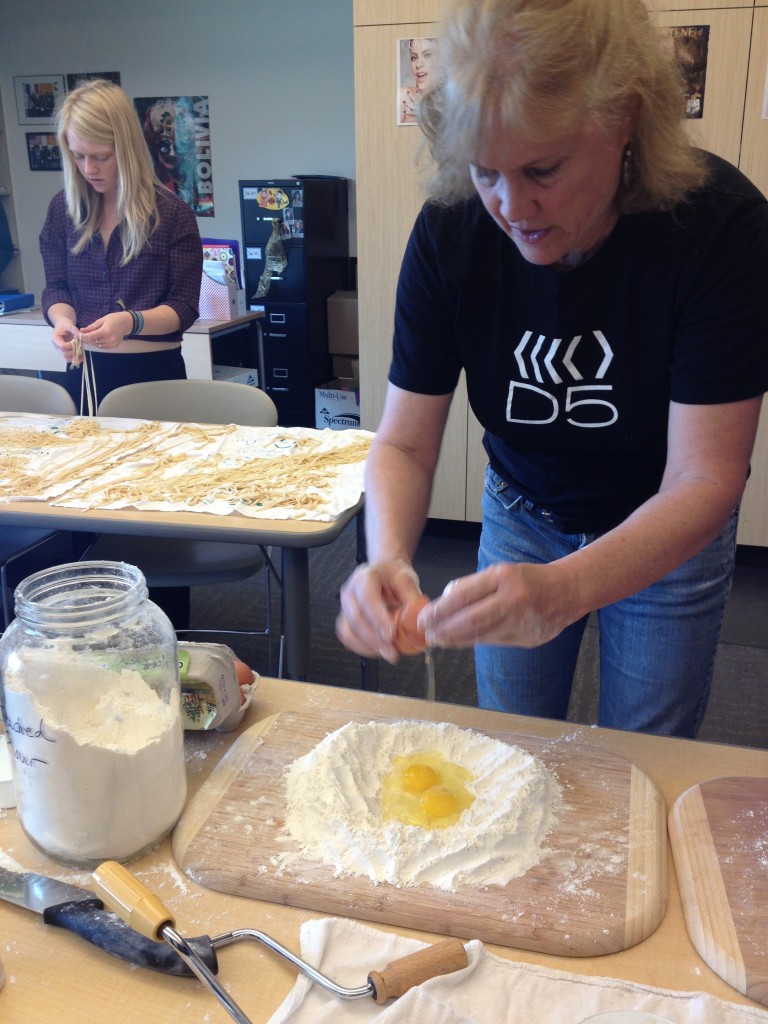 Patty showing the kids how to make egg pasta
Patty showing the kids how to make egg pasta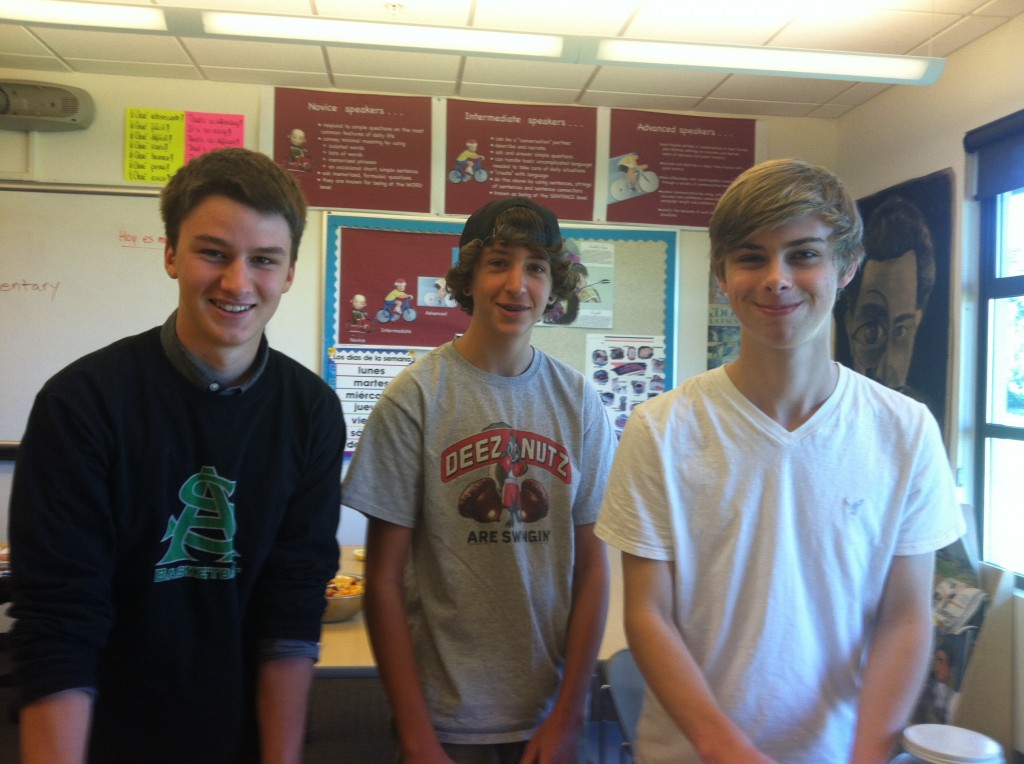 Sonoma Academy Kids
Sonoma Academy Kids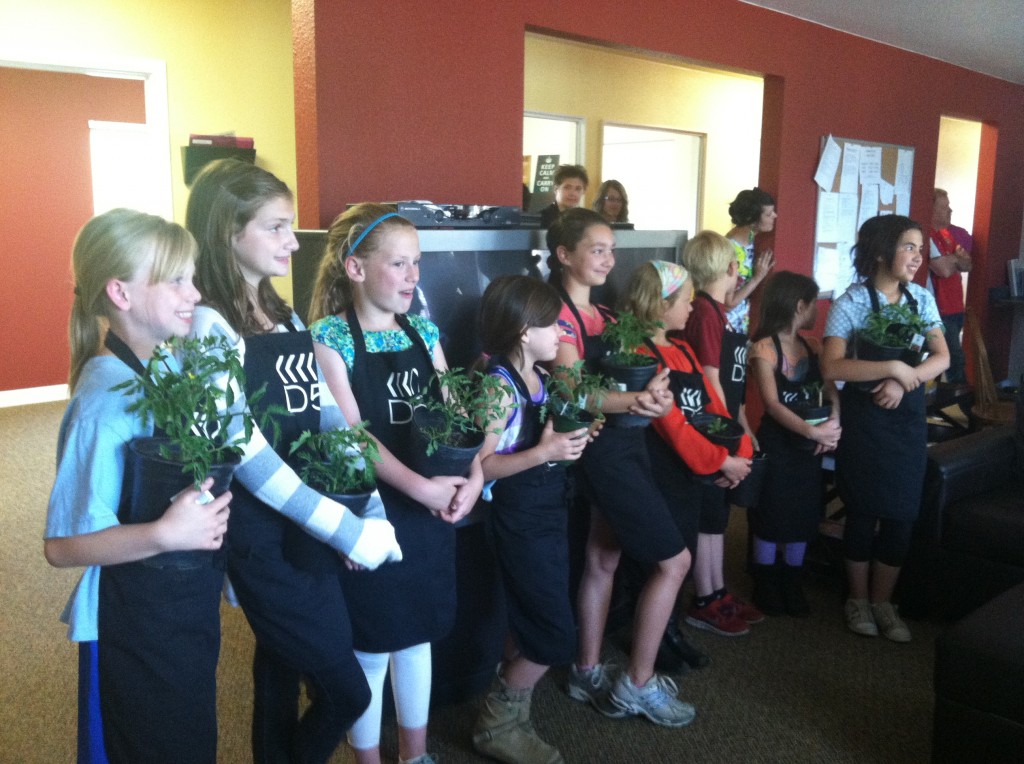 These kids prepares a meal for a group of Veterans and with the D5 Team and the kid’s parents we delivered the meal to them. We call this series, It Takes a Village. It’s wonderful to watch the kids give back to community at such a young age!
These kids prepares a meal for a group of Veterans and with the D5 Team and the kid’s parents we delivered the meal to them. We call this series, It Takes a Village. It’s wonderful to watch the kids give back to community at such a young age!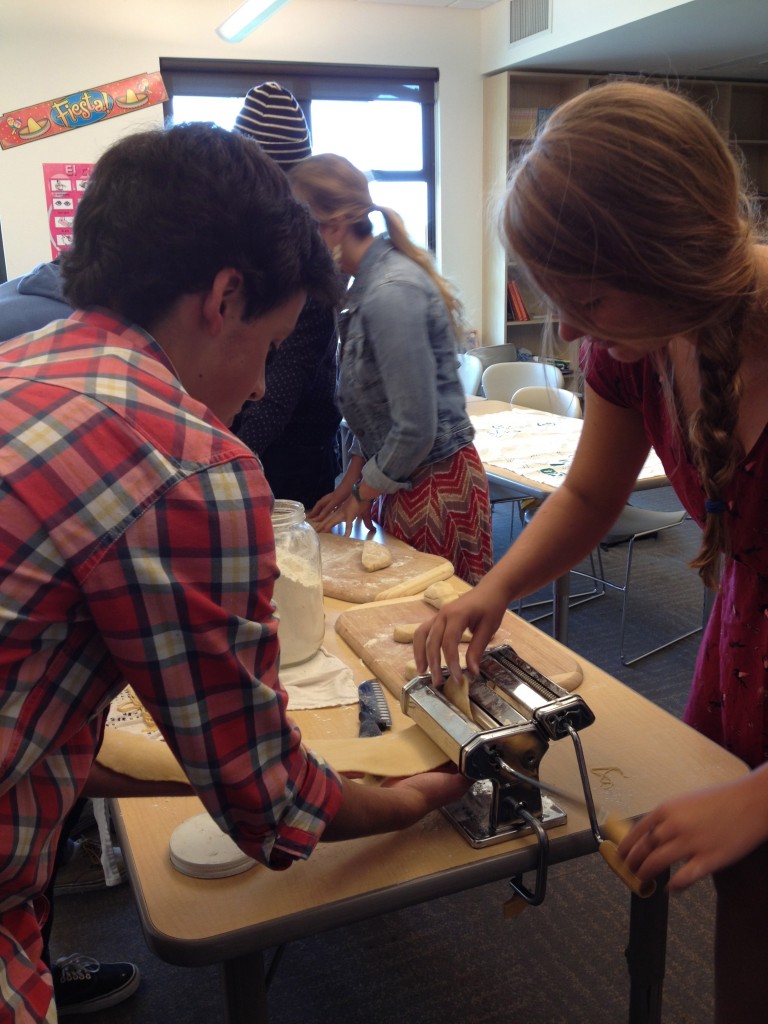 Learning to make homemade pasta.
Learning to make homemade pasta. We love school gardens! So many of our schools either have gardens or are planning gardens. We can take the kids to the gardens to pick the ingredients to prepare the recipes. They learn about where their food comes from and why fresh food tastes so much better!
We love school gardens! So many of our schools either have gardens or are planning gardens. We can take the kids to the gardens to pick the ingredients to prepare the recipes. They learn about where their food comes from and why fresh food tastes so much better!







 From Bain-Marie to Pickling, they will learn more cooking terms and procedures, intensified knife skills, and in-depth nutrition information.
From Bain-Marie to Pickling, they will learn more cooking terms and procedures, intensified knife skills, and in-depth nutrition information.  We’re very excited to begin teaching DirectionFive Advanced and will keep you up to date on our progress.
We’re very excited to begin teaching DirectionFive Advanced and will keep you up to date on our progress. Well, our first ‘Exploratory’ program at Sonoma Academy is over and we look forward to seeing this same group of kids in a new offering from DirectionFive–DirectionFive Advanced. We will take them to an even higher culinary and nutrition level. They asked for it and we’re thrilled to offer it to them!
Well, our first ‘Exploratory’ program at Sonoma Academy is over and we look forward to seeing this same group of kids in a new offering from DirectionFive–DirectionFive Advanced. We will take them to an even higher culinary and nutrition level. They asked for it and we’re thrilled to offer it to them! At DirectionFive we feel that vegetables are the key to health and therefore we’re veggie-centric. That doesn’t mean we teach the kids just vegan or vegetarian recipes and meals, it just means that vegetables are not relegated to a ‘side dish.’ Kids love our recipes and we take great pride knowing that the kids go home and make the recipes we taught them to make for their families. Perfect!
At DirectionFive we feel that vegetables are the key to health and therefore we’re veggie-centric. That doesn’t mean we teach the kids just vegan or vegetarian recipes and meals, it just means that vegetables are not relegated to a ‘side dish.’ Kids love our recipes and we take great pride knowing that the kids go home and make the recipes we taught them to make for their families. Perfect!